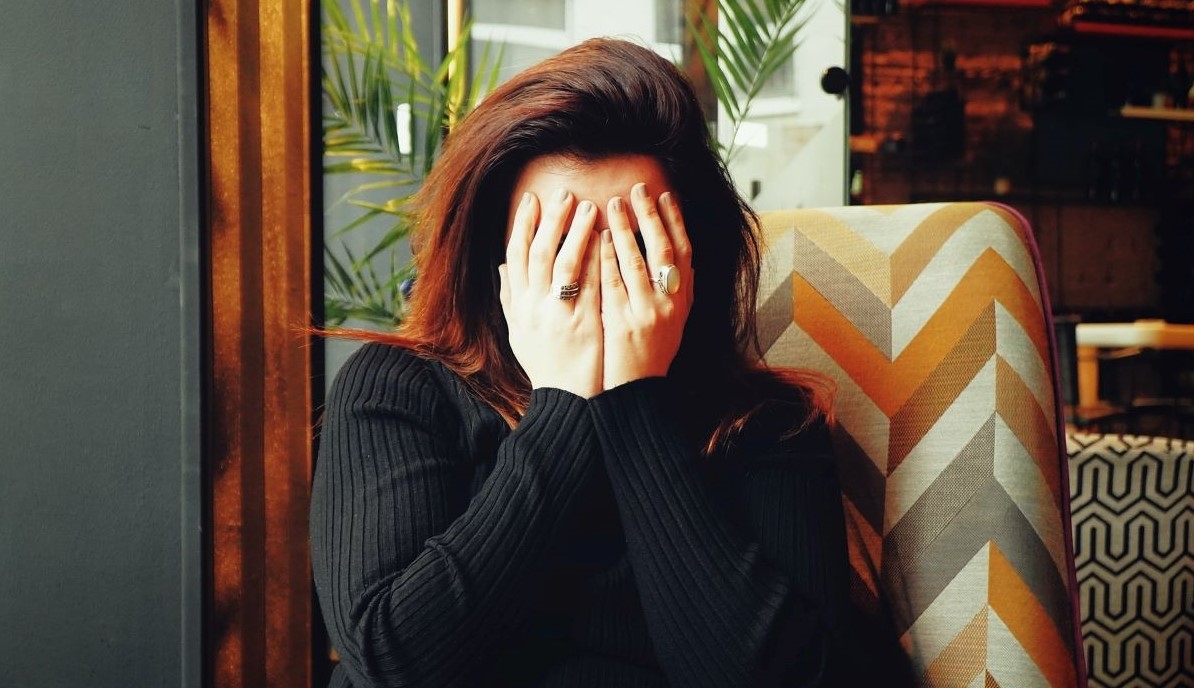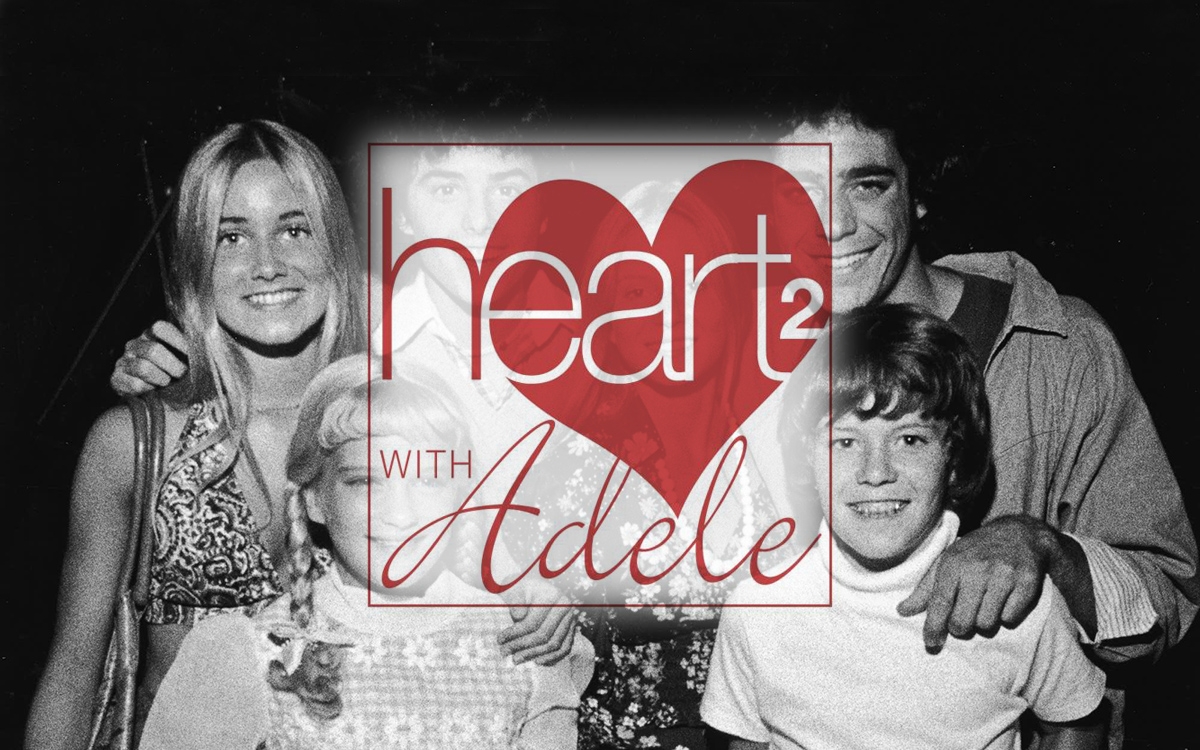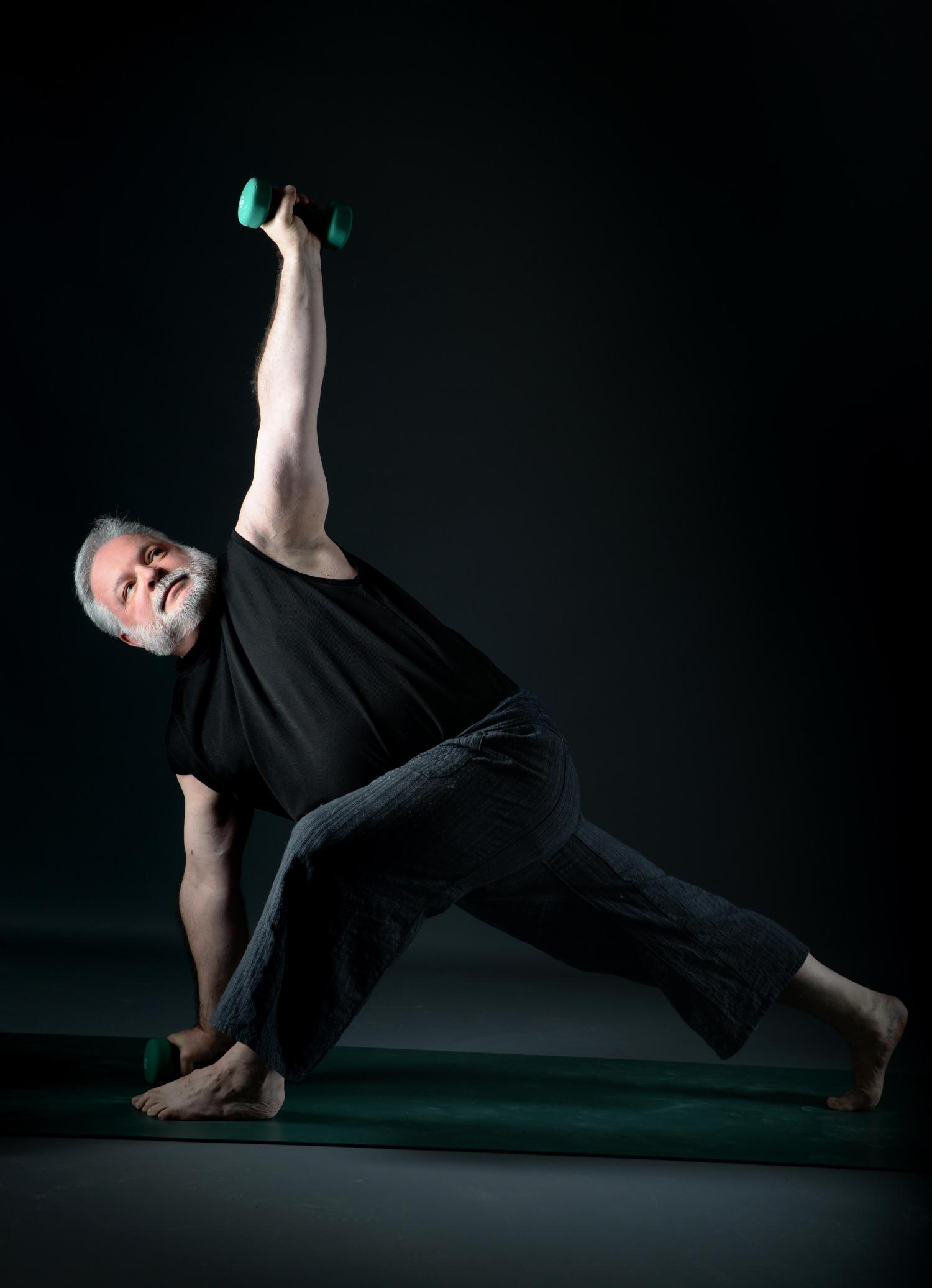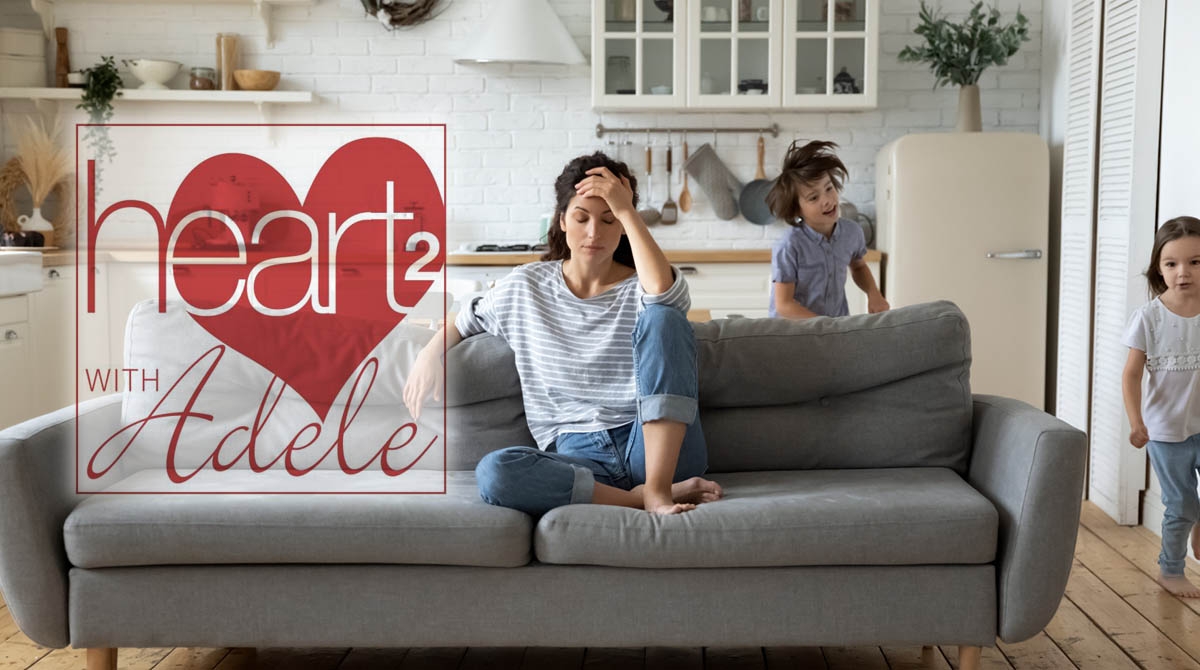
The bigger picture of endometriosis
Endometriosis is a menstrual disorder which affects more than 176 million women around the world — that’s roughly the total population of Canada, Ireland, the United Kingdom, and France combined. Endometriosis occurs when the endometrium (the tissue similar to the lining of the uterus meant to cushion the fetus during pregnancy & shed during menstruation) grows elsewhere in the body; manifesting on the organs nearby, travelling up to as far as one’s nasal cavities.
Although the origins of the condition are still debated, the ancient medical manuscripts believed this condition occurred due to the parasitic abilities of the uterus depicted as a wandering animal, causing illness inside the woman. Whilst such beliefs have been debunked, the idea of the problematic uterus infects how we address the condition.
Endo Warriors are resilient women who have to face the uncertainty of this condition; the debilitating pain, countless surgeries, and often, the pointless therapies. The hidden march of endometriosis has conscripted a community of warriors, reclaiming their condition as a form of empowerment, yet, still so many women recant their experiences as ‘sufferers’, cursed by their uterus.
Existence with endometriosis is a lot less like a war than what these images expect. I am not a refugee, at sea, escaping torment from a condition too few care to acknowledge. In truth, it is much more dreich in its everyday jarring, nagging dullness. But, it is a pain that is of me, not against me. The Greek word ‘diagnosis’ depicts us as dia, “apart”, dividing patient from illness. This is academically known as the medical gaze, and it causes women to personify and vilify their endometriosis as an other. A separation from their being and a consequence of their problematic uterus. It is ‘apart’, not ‘a part’.
The pieces of you and I that are kept hidden are not missing jigsaw puzzles that need putting together. The unknown can be a desolate place but some truths can only be innate to oneself. Just as walking in another’s shoes can help you to see from their vantage, it cannot make you feel their anguish and joy and discontent. We see this so clearly in the social body, for BIPOC women with endometriosis, this division of our being and our pain ruptures a bigger health gap in our treatment.
The Covid-19 pandemic has consistently identified systemic failings within healthcare structures and helped magnify health inequalities that play against BIPOC patients. Women with endometriosis are all too familiar with such inequalities. Presenting oneself to the ER with debilitating abdominal pain often results in a line of questioning of one’s profession, ethnicity, and sanity.
The social body aches just like our own. The pain is awfully human and only through realising that the causes are a part of us will we then see the common truths for which we search. The division of you and your endometriosis are as hollow as the divisions between you and I.
Endometriosis is me and I am you.










